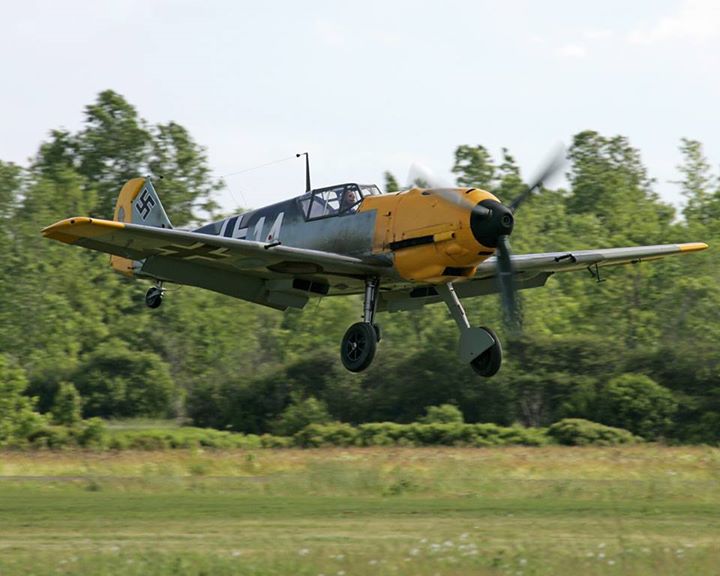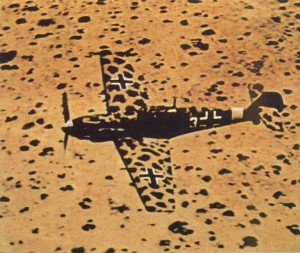A Prophetic Song
I remember being in the congregation one evening at the 1983 Dales Bible Week in Harrogate. Everyone was singing ‘in the Spirit’ when, completely spontaneously, a chap called JD Lawtum (who was up on the stage) began singing a prophetic solo. After a few seconds (you can hear it on the track) he stepped up to the microphone and continued the prophecy accompanied by the band, led by David Hadden on the piano.
Bear in mind that none of this was pre-arranged, none of it was made up beforehand. This is purely God singing to His people, with JD simply singing the words as they came to him.
Worship is a two-way thing. We sing to God about how much we love Him, and how great He is. Prophetic singing is one of the ways in which He can say back to us how He is feeling about our worship. Sometimes, during a time of free worship, a prophetic worshipper, or someone with a prophetic ministry (hopefully one who can also sing!) is given by the Holy Spirit words to sing – either to the tune currently being sung, or to an entirely new tune – in which case the band (also being led by the Spirit) join in, as in this present case. When it’s sung spontaneously, the song is given line by line: as the singer finishes one line, the next comes into their head and they sing that next, and so on. You can imagine that the singer needs to be very brave to step out in faith like that, but God honours it and keeps the words coming! The whole effect is quite beautiful and uplifting, as well as upbuilding too.
Anyway, I’m sharing this one with you now because I want you to know that, even more than thirty years on, this is still God’s heart for His people. Enjoy!
For it is My desire, says the Lord your God
To sing over you this night
My salvation is come, not in part, but in full
And I give you inner peace and sight
So lift up your heads for the gate is open wide
And come and sup with Me, says your God
I have prepared a table and now you may eat
This is an appetiser of what I’ve got for you
So sing with Me now, gently lift your sweet soul
It’s your soul, not your voice, I need to hear
For each and every one of you is precious in My sight
And a sweet, sweet sound in My ear
God has prepared a feast of good things for those who would like to come. And He’s reserved a place at His table, just for you. No need to get dressed-up! Come just as you are. God loves your company! You will love His, too.





